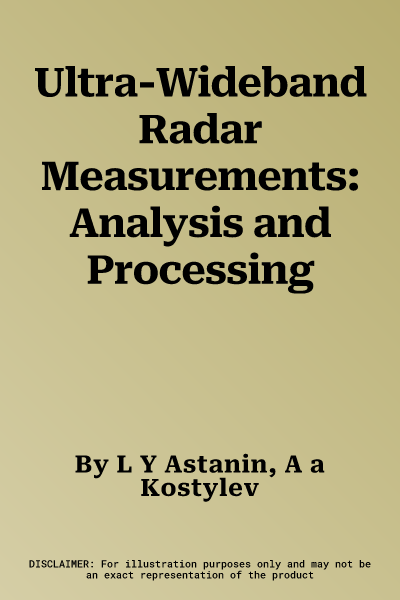L Y Astanin
(Author)Ultra-Wideband Radar Measurements: Analysis and ProcessingHardcover, 30 June 1997

Qty
1
Turbo
Ships in 2 - 3 days
In Stock
Free Delivery
Cash on Delivery
15 Days
Free Returns
Secure Checkout

Part of Series
Radar, Sonar and Navigation
Part of Series
Electromagnetics and Radar
Part of Series
Radar, Sonar, Navigation and Avionics
Print Length
256 pages
Language
English
Publisher
Institution of Engineering & Technology
Date Published
30 Jun 1997
ISBN-10
0852968949
ISBN-13
9780852968949
Description
Product Details
Authors:
Book Format:
Hardcover
Country of Origin:
GB
Date Published:
30 June 1997
Dimensions:
23.39 x
15.6 x
1.6 cm
ISBN-10:
0852968949
ISBN-13:
9780852968949
Language:
English
Location:
Stevenage
Pages:
256
Publisher:
Weight:
530.7 gm